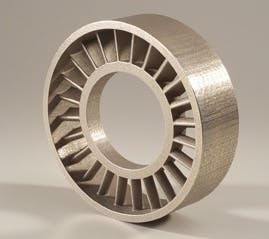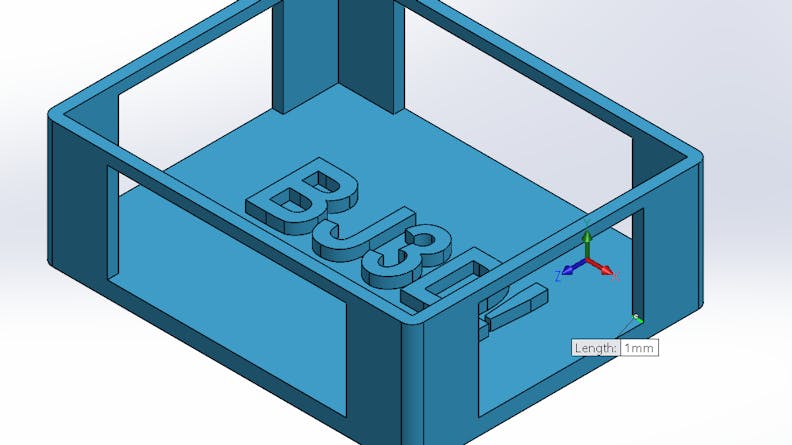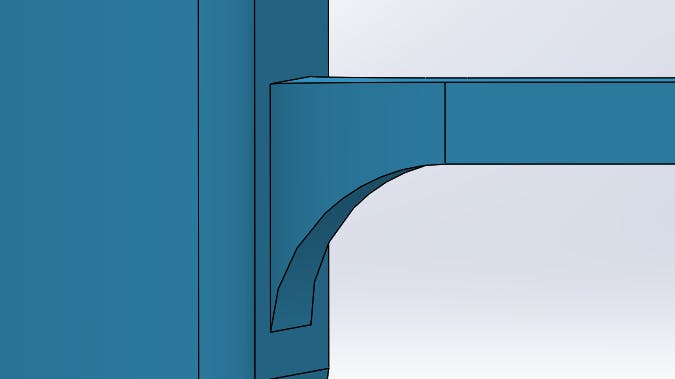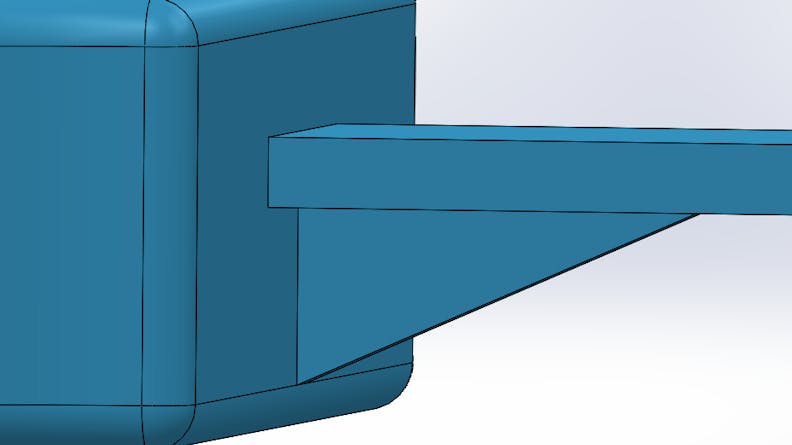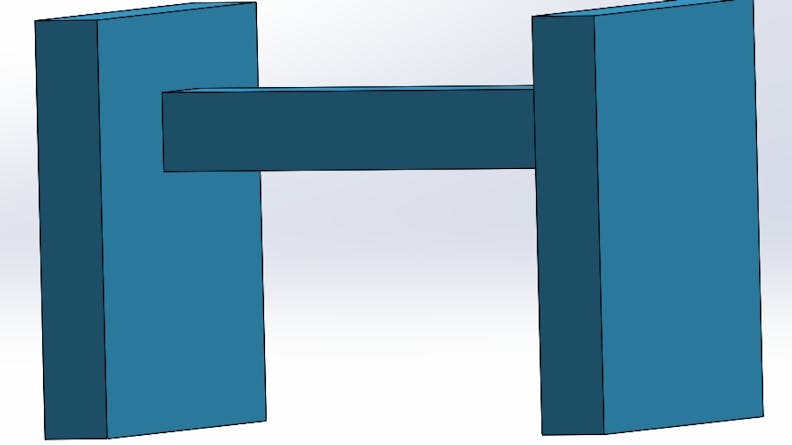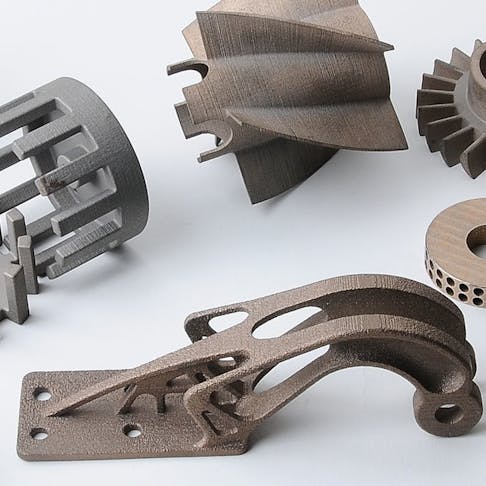
Getting Your Part Ready for Binder Jetting
Metal Binder Jetting (BJ3D) is an additive manufacturing process that builds parts in a composite metal that is 60% stainless steel and 40% bronze.

Metal Binder Jetting (BJ3D) is an additive manufacturing process that builds parts in a composite metal that is 60% stainless steel and 40% bronze. Using a CAD file, a machine will 3D print a part cross-section by cross-section at 0.004” (0.1mm) layers by precisely depositing binder in a stainless steel powder bed. BJ3D uses 316L/Bronze, which is highly-corrosion resistant and easy to tap and post-machine.
After this stage, the part is “green” and very easy to damage while handling. The part is then placed in a furnace and infiltrated with bronze to replace the binder and fuse the powder particles together to create a fully dense and extremely tough part.
Design freedom may be limited due to the fact that parts are constructed from a bed of metal powder that must be able to clear, and parts will shrink when cooling. However, BJ3D typically has more design flexibility than Metal Laser Sintering (DMLS/SLM) because no support structure is required.
We’ve created some tips below with more information on how to make sure that your part is a great fit for binder jetting:
Wall Thickness
Wall thicknesses for BJ3D depends on if the wall is a supportive or non-supportive structure (e.g. text), and on the overall size of the part. For non-supportive structures, be sure to hold a thickness of at least 0.04” (1mm). Supportive wall thicknesses increases from 0.04” (1mm) to 0.125” (3.175mm) as part size increases up to 12”, so a general rule of thumb is to make sure to use as large of a wall as possible. Walls and features below the 0.04” (1mm) tolerance are at risk of blowing away or breaking off.
For non-supportive structures, be sure to hold a thickness of at least 0.04”
Adding fillets is a great way to increase structural support for overhanging surfaces and part connections.
Adding ribs will greatly increase the support strength and reduce the risk of breakage.
Self-supporting structures
Overhanging structures, walls without interior supports, or fragile features have the risk of breaking during depowdering or handling in the un-infiltrated state. To reduce the risk of breakage, utilize fillets, ribs, arches, and other self-supporting structures to increase structural integrity. Thickening fragile features if possible is another great way to prevent them from being blown away during depowdering.
A self-supporting structure
